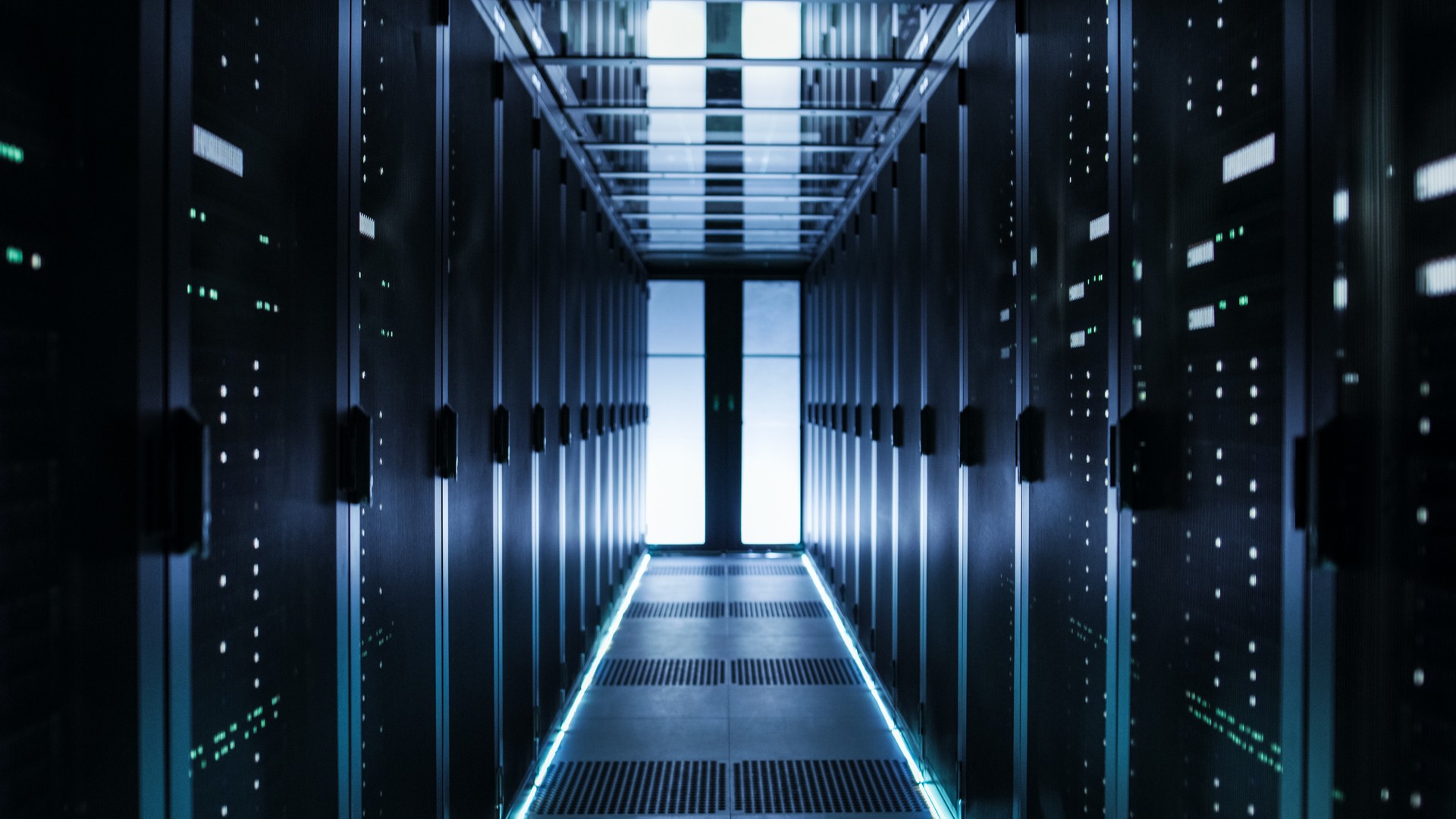
PDU Efficiency Matters! Metrics at Work.
What if you found out you were paying for power you were not consuming? What if you were working on much needed metrics in your data center only to find out that your input numbers were off by a few percent? What if you found out your checking account were out of balance by a few percent? Certainly, none are acceptable by any stretch of the imagination.
PUE, CUE, SCE AND DCCE
Metering is important for, at least PUE, but more importantly for other metrics such as SCE (Server Compute Efficiency) and Carbon Usage Effectiveness (CUE) and other efficiency metrics. All require at least some level of IT energy monitoring. PUE was the first metric we began using in the data center. There are a few problems with PUE especially as to how it is reported. A new PUE version 2 helps data centers report not just a PUE number, but also how often and where the metric is measured. But most organizations have realized that it is nothing but a start when examining the efficiency of a data center.
Other useful metrics have been developed to determine other data center efficiencies. For a full list and to participate in the document process, I highly recommend membership in The Green Grid. CUE measures IT energy in ratio to CO2 emissions:
CUE=total emissions caused by the Total Data Center Energy / IT Equipment Energy
Unlike PUE which strives to be as close to 1.0 as possible, the goal of CUE is to reach 0.0. But again, accurate measurements are critical.
The best form of monitoring is at the outlet level. While strip/cabinet level monitoring will provide some information, it will do little to help a center determine the effectiveness of individual pieces of processing equipment. For instance, building on other metrics one can determine how well individual pieces of equipment perform.
Another useful metric of efficiency is ScE or Server Compute Efficiency which is a subset of DCcE or Data Center Compute Efficiency. ScE is a time based metric. This metric looks at the time a server spends providing primary services. The assumption is that secondary services (virus protection, patch management, etc.) would not be necessary if the primary server was not live. Beyond ScE, taking the weighted time of server CPU activity as a metric of power consumed by the server can provide meaningful information on a server by server basis as to the effectiveness of power consumed by those CPU cycles. Again, accurate power numbers are critical.
PDU MARGINS FOR ERROR
As data centers ramp up the level of metering, one often missed metric is the monitoring equipment margin for error. In looking at several PDU specification sheets available online, the variance is pretty great. One finds stated efficiencies from 1% to over 5% as a margin of error. To put this in simple terms, if you bank balance is $1000.00 and you have a 1% margin for error, that means the money could range from $990.00 to $1,010. At 5%, the balance could range from $950.00 to $1050.00, or simply the difference from $10 to $50 dollars. While this may not seem like much, power consumption in data centers far exceeds $1,000. In 2013, according to NRDC.org, data centers consumed an estimated 91 billion kilowatt hours of electricity in the US at a cost of nearly $13 billion.
Average commercial power rates in the US range from 8.64 to 36.90 cents per kWh with the average near 13 cents. For 24x7 operations, 365 days a year, at 1,000 kW (1MW) per year, 0.13 per kwH the total cost is $1,138,800. A 1% variance on that number is $11,388 and a variance of 5% could cost a whopping $56,940. Over 10 years in a data center, that amounts to over half a million dollars.
As metrics become increasingly important as a tool to increase efficiency in data centers and data center equipment, the accuracy of the monitoring must be considered. No one wants to overpay. And no, it isn’t productive to count on negative variance either. When looking at PDU’s, look at the metering accuracy. When working with colocation providers, especially if they are passing on used power costs, find out what PDUs they are going to use for measuring. If you are comparing two sites, that 5% could make the difference in your decision.

